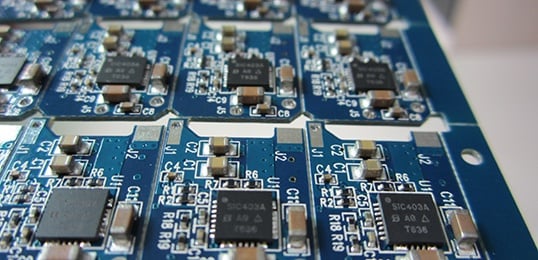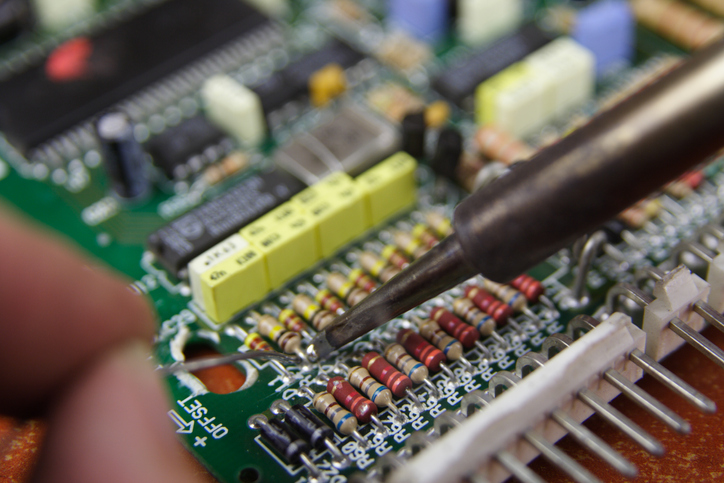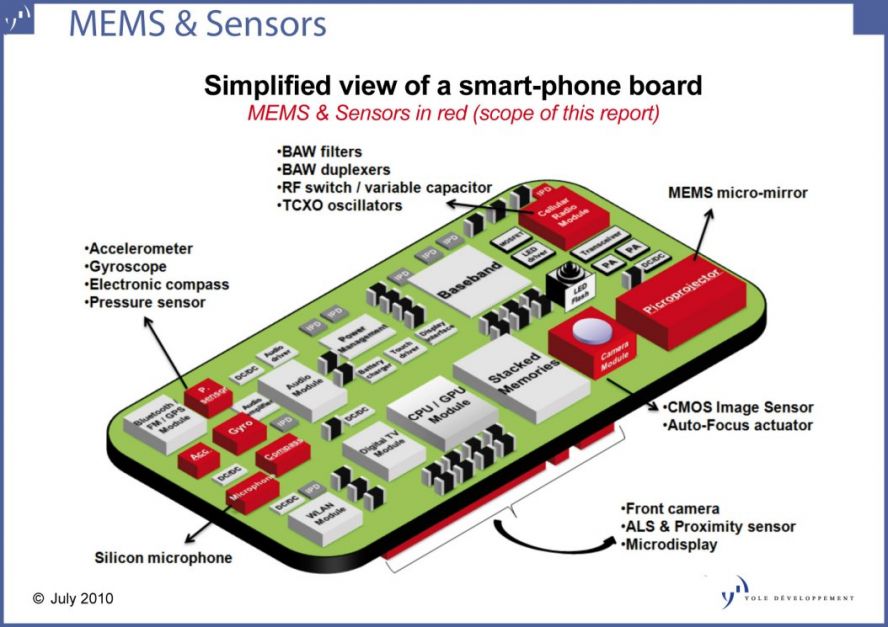8 Steps to Electronic Product Design With Surface Mount Technology
If you’re considering switching an existing electronic product design from through-hole technology to surface mount technology (SMT), you’ll want to...
 Optimizing PCB layout design for manufacturability is one of the most crucial aspects of your product’s development process. Key decisions made during the design stage often have a tremendous impact on the cost and success of your product’s manufacturing and production.
Optimizing PCB layout design for manufacturability is one of the most crucial aspects of your product’s development process. Key decisions made during the design stage often have a tremendous impact on the cost and success of your product’s manufacturing and production.
Imagine finding errors in the fabrication or assembly process when going through the final stages of launching your product to market. It can be heartbreaking and costly. You find yourself asking questions such as:
Luckily, vendors who offer design-stage assistance can help avoid and solve these problems. But here are some tips about design for manufacturability and how you can be part of the solution, too.
Design for manufacturability (DFM) is the process of organizing PCB layout topology in a way that mitigates problems during fabrication and assembly. DFM is mostly made up of DFF and DFA:
A DFM strategy is imperative in helping you reduce your product development time and costs of repairs or rework. It will make it easy for you to:
First article builds (the first time you build a PCB) will be much more productive if you use DFM philosophies. You don’t want to reach the prototype stage and have it all wrong!
PCB design layout engineers sometimes face the temptation to overlook certain factors that don’t seem significant at first glance. However, these factors can be crucial in designing for manufacturability -- ignore at your own risk.
Similarly, there are common mistakes that customers make when taking advantage of DFM. These also lead to poor results. Here are several of them and how you can avoid them so your vendor can accurately manufacture your design.
It’s essential that you engage your manufacturing vendor early in your PCB design. Get them on board when you have the first draft of your PCB layout.
Having your vendor as a partner will help you to flush out small problems that may not be visible on paper or PC, no matter how closely you review the draft yourself. You must take care of these issues before you order the components required in your first production process or before putting forward your design for certification approvals.
You have to keep components a certain distance away from the edge. Placing components too close is tempting disaster.
For example, we’ve seen ceramic capacitors crack from putting them too close to the edge.
An experienced vendor will spot this design flaw and likely ask that the engineers involved perform a redesign. At the least, the vendor will ask the designers to put a route around any parts near the edge.
Having fewer parts will mean you don’t need to make as many purchases. This also results in a reduced need for:
Leftover components and excess stock will virtually vanish with a lean design. Nothing says “manufacturable” like reduced costs and assembly time.
Complicating your PCB design such as by having SMT on both sides can be very costly. It is advisable that you completely avoid it unless it is indispensable. Likewise, putting a through hole on both sides on board is often unnecessary. You’ll have to process it twice, just like with the SMT.
Undersized parts also complicate design for a contract manufacturer. Just because they’re available doesn’t mean you should use them. Going to the smallest size when you have plenty of spare room on your board for a larger component can harm your product’s manufacturability.
As a general rule, spending a little more in the early stages to make your design simple can speed up production and reduce mistakes.
RoHS-compliant hot air solder leveling (HASL) is not the best option for finishes on parts, even though it’s considered standard. It wipes out what solder was on the board.
Electroless nickel immersion gold (ENIG) is just as cheap these days. This finish starts with nickel, followed by a coat of gold. ENIG is completely flat and is easier to solder.
Board assembly houses can handle ENIG in their own facilities. HASL finishing orders have to be sent to someone else.
You should always consider whether changing to another finish can help save on manufacturing time and costs.
Rethinking your PCB layout for design manufacturability has the potential to not only make a better product but also make it more quickly and easily.
To best unlock this potential, engage your PCB vendor early in the design phase to help streamline the entire manufacturing process. An experienced specialist may see a flaw in your design that you never knew existed!

If you’re considering switching an existing electronic product design from through-hole technology to surface mount technology (SMT), you’ll want to...

When introducing a new electronic product design, many OEMs don’t fully understand the differences between IPC classifications -- or understand them...

Microelectromechanical systems, or MEMS, are the microscopic building blocks of current electronics. Look no further than the smartphone in your...